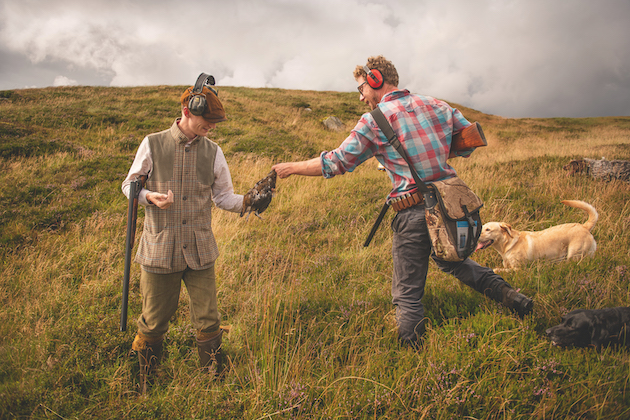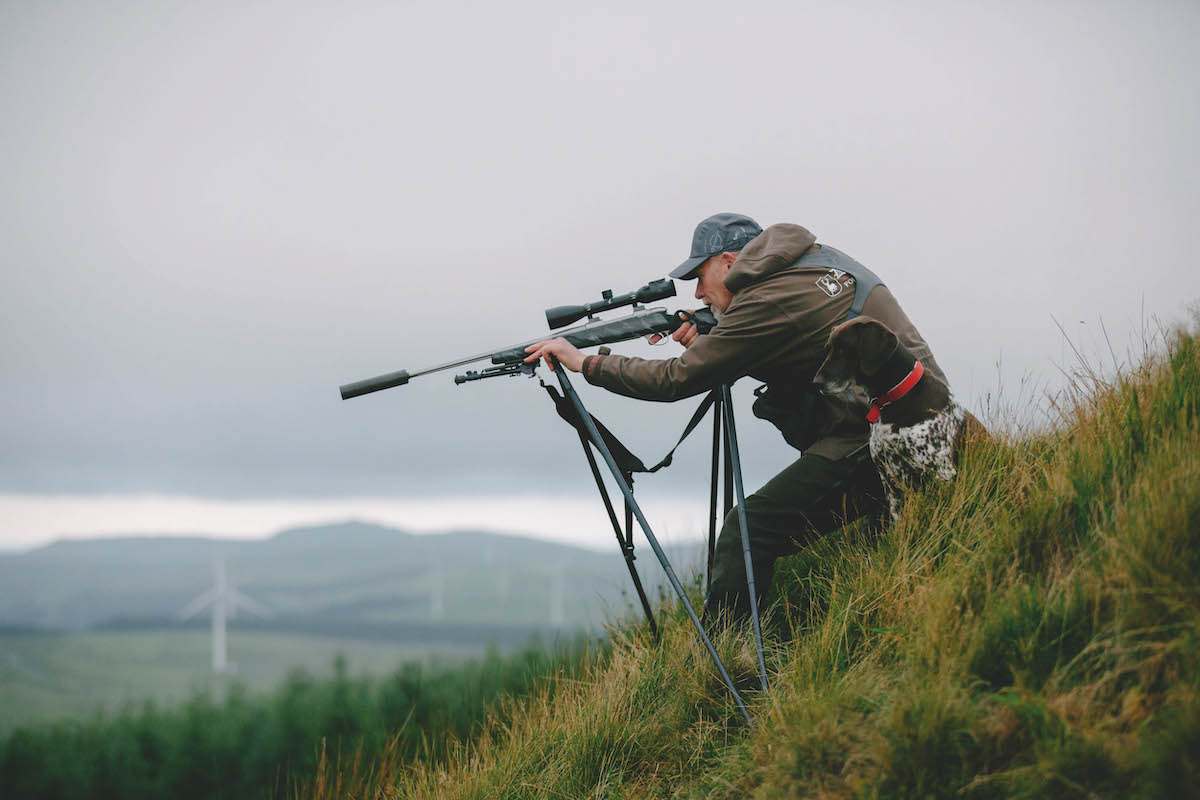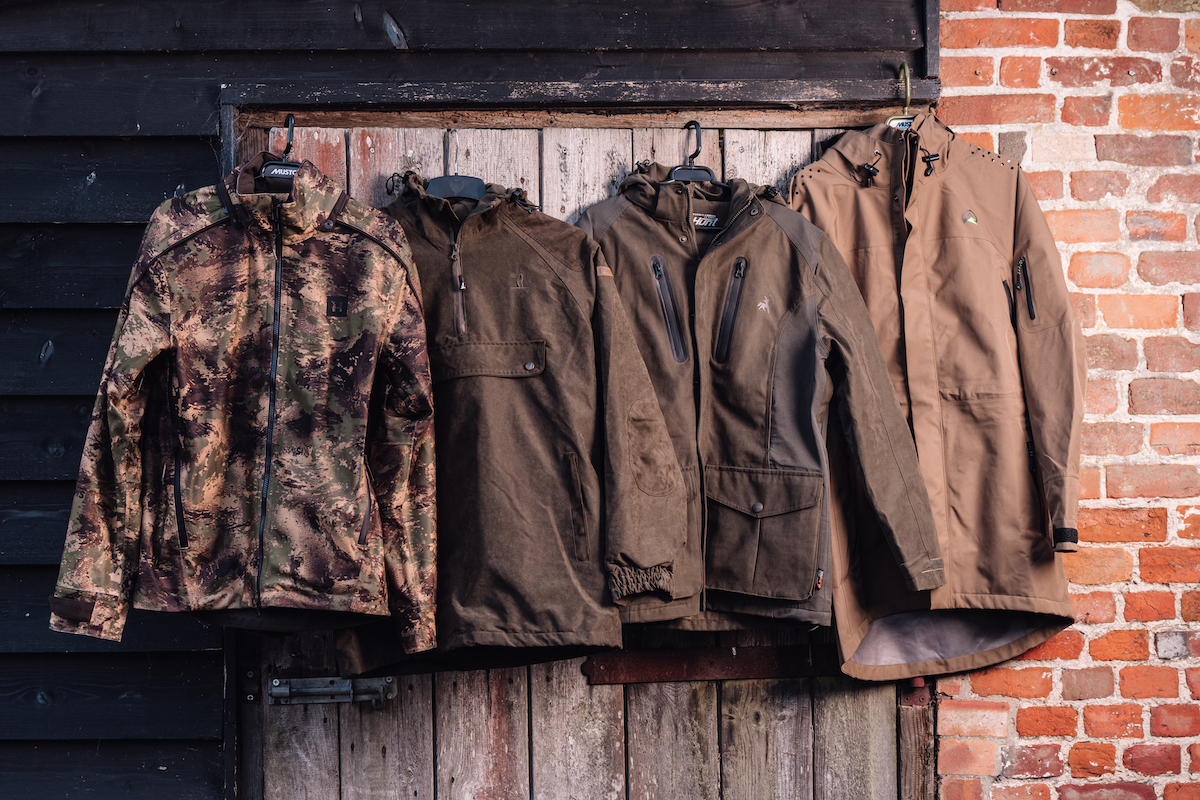How to dress for walked-up grouse and partridge shooting
If you are fortunate enough to be out on the grouse, or shooting early-season partridges, don’t dress like it’s mid-winter, says Marcus Janssen writing for Shooting Times

When we all look ahead to the new game shooting season, certain images will invariably spring to mind. Morning coffee and bacon rolls in dank stone bothies or sheds, collars pulled high, while excited spaniels and labradors charge about outside in the sleet and snow, their breath fogging in the frigid air. The delight of frozen fingers wrapped around hot cups of soup at elevenses. Then retiring at the end of the day for hearty pheasant casserole, steaming tweeds and dogs thawing next to a log-burner in the corner.
Gameshooting and cold weather go together like pork pie and pickle. But for a lucky few, the shooting season starts in late summer when the heather is in bloom and the weather calls for Sangria rather than soup.
The right dress for walked-up grouse and partridge shooting
Shooting Times Editor Patrick Galbraith and I once shot walked-up grouse together on the Glorious Twelfth and to say that it was warm would be an understatement. The puce faces, sweaty brows and rolled-up sleeves in the team photo — taken just before lunch after a lengthy yomp through deep heather and saturated peat — look like those belonging to a group of overweight Bikram yoga practitioners. There isn’t a tie in sight.

Walked up shooting
Challenges
The truth is early-season grouse or partridge shooting offers a completely different experience — and set of challenges — to what we typically associate with game shooting in the UK. And having the right kit on a warm or even hot autumn day is just as important as remembering your thermals and gloves in January. So how should you dress for walked-up grouse and partridge on an early-season day when the weather is fair?
The single most important factor is breathability. To stay cool, your clothes must allow air and water vapour to pass through them freely. Clothing manufacturers achieve this in two main ways: by using fabrics with open or lightweight weaves, and by naturally breathable fibres.
Certain fabrics are more breathable than others. And don’t make the mistake of thinking that thin or lightweight is necessarily the key to comfort. A cheap bin-liner is only microns thick, but wrap one around your arm on a hot day and within seconds your hand will be poaching in its own juices. Indeed, when someone is hypothermic, the first thing a medic will do is wrap them up in one of those paper-thin shiny thermo-blankets that retain body heat.
It may surprise you that wool is often a better option than cotton on a hot or muggy day but because it is generally more breathable, it wicks sweat more efficiently than cotton and is anti-microbial and odour-resistant. Yet, of course, wool is a better insulator than cotton, too, so the ideal solution would be a blend of wool — usually merino — and lightweight cotton.
Several country shirt manufacturers produce merino-blend shirts. They are generally more expensive than their cotton counterparts but will perform better in a wide range of temperatures and are more durable, so this versatility offsets the extra cost. I opt for a lightweight merino-cotton-blend shirt, or a lightweight cotton poplin with an open weave, on warm days. Avoid shirts with a white or bright background when you dress for walked-up grouse (it puts the birds off) — subdued green, olive, tan and brown are all sensible options. The darker the shirt, the more heat it will absorb, so avoid dark colours.

With our unpredictable climate, a lightweight waterproof is a must
Protocol
And what about ties? Though I am a stickler for following protocol, on a hot, early-season day, I would definitely recommend removing your tie after the pre-shoot briefing if it’s hotting up. By all means put it back on for lunch if you want to, but don’t suffer in the field for the sake of it.
In terms of trousers or breeks, your heavy plus-fours are best left at home. You’ll look like a plonker in linen slacks, so a good option is a pair of lightweight — fine-gauge lambswool fibres and an open weave — tweed breeks or trousers that will breathe well and not feel overly clammy. Lined breeks may feel lovely when you try them on in an air-conditioned shop, but lining tends to reduce breathability, so go for unlined.
Wear merino shooting socks and low boots. If you must wear wellies, opt for ones with a jersey-cotton lining or, even better, leather.
There are several lightweight cotton versions available. Schöffel Country’s All-Season shooting vest is lightweight and is designed specifically for the summer and autumn months.
Of course, the big challenge on an early-season day is staying cool when it is warm, but being prepared for a sudden drop in temperature or torrential downpour. So having a reliable lightweight waterproof jacket and pair of overtrousers is a must. There are plenty of good options out there, but Schöffel’s Ketton II jackets and overtrousers, as well as Ptarmigan Ultralight shooting coats, are all popular, as they perform exceptionally well in heavy rain but are lightweight, breathable and take up very little space in your gamebag. (Don’t miss our list of the best rough shooting jackets).
It would be foolhardy to venture out into the UK countryside at any time of year without a mid-layer of some sort in your kit bag. Early season, a gilet — fleece, lambswool or merino — is an obvious choice. Pair it with your lightweight waterproof coat and you’ll be comfortable if the temperature suddenly plummets later in the day. In terms of headwear, again, opt for a lightweight tweed cap if you must, or a ventilated baseball-style cap with the peak if that’s more your thing.
If in doubt, speak to a reputable country clothing retailer, who will be able to advise. But as a rule of thumb, opt for lightweight, breathable, natural fibres and have a brilliant time — there are few better things than shooting on an autumn day .








